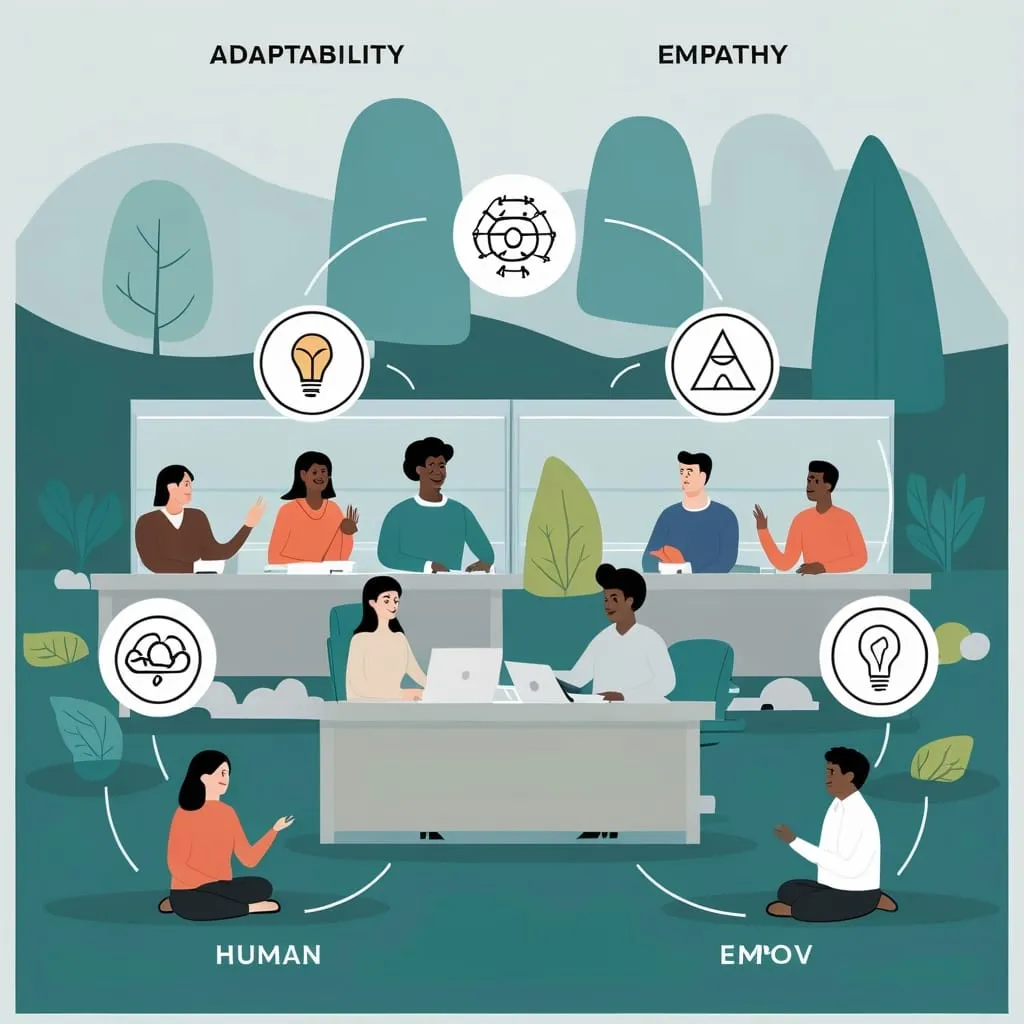In the ever-evolving landscape of leadership, one concept stands out as a beacon of success and resilience: the growth mindset. This belief, that our abilities and intelligence can be developed through dedication and hard work, is not just a philosophy but a powerful tool for transforming organizations and individuals alike.
The Power of Challenges
When we think of challenges, our initial reaction might be to shy away or view them as obstacles. However, leaders with a growth mindset see challenges as opportunities for growth and learning. As the renowned psychologist Carol Dweck once said, “The view you adopt for yourself profoundly affects the way you lead your life.”
Imagine approaching a complex problem not with dread, but with excitement and curiosity. This mindset shift is crucial because it turns what could be a daunting task into a chance to learn and improve. Leaders who embrace challenges inspire their teams to do the same, fostering a culture where everyone is eager to take on new tasks and learn from them.
The Art of Experimentation
Encouraging experimentation and risk-taking is another vital practice for cultivating a growth mindset. It’s about creating an environment where employees feel safe to try new things, even if they might fail. This approach breeds innovation and creativity, as people are more likely to push boundaries and explore new ideas.
Consider the story of Satya Nadella, who transformed Microsoft by shifting from a “know-it-all” culture to a “learn-it-all” philosophy. Under his leadership, Microsoft became a hub of innovation, where employees were encouraged to experiment and learn from their mistakes. This cultural shift not only boosted Microsoft’s market share and revenue but also made the company more resilient and adaptable.
The Feedback Loop
Constructive feedback is the lifeblood of a growth mindset culture. It’s not about criticizing performance but about focusing on effort and progress. When leaders provide feedback that is constructive and developmental, they help their team members understand what they did well and where they can improve.
Feedback should be seen as a gift, not a criticism. As Bill Gates once said, “Your most unhappy customers are your greatest source of learning.” By valuing feedback, leaders create a culture where continuous improvement is the norm.
Leading by Example
Modeling continuous learning and self-improvement is perhaps one of the most powerful ways leaders can foster a growth mindset within their teams. When leaders demonstrate their own commitment to learning, they set a compelling example for their employees.
Think about it: if your leader is always seeking new knowledge, attending workshops, and sharing their learning experiences, it sends a strong message that growth is valued and expected. This behavior encourages employees to do the same, creating a culture of continuous learning and development.
Celebrating Progress
Celebrating progress and small victories is often overlooked but is a crucial aspect of a growth mindset culture. It’s not just about recognizing big achievements but also about acknowledging the small steps taken towards a larger goal.
When leaders celebrate progress, they reinforce the idea that the journey, not just the destination, is important. This approach motivates team members to keep pushing forward, even when the going gets tough. As Nelson Mandela said, “The greatest glory in living lies not in never falling, but in rising every time we fall.”
Reframing Failures
Finally, reframing failures as learning experiences is a key practice in cultivating a growth mindset. When we view failures not as roadblocks but as detours leading to new insights, we open ourselves up to a world of learning opportunities.
Leaders who adopt this mindset teach their teams that mistakes are an integral part of the learning process. This approach fosters resilience and adaptability, as team members are more likely to take risks and try new things without the fear of failure holding them back.
The Impact on Organizational Culture
A growth mindset has a profound impact on organizational culture and performance. It creates an environment where innovation thrives, where employees are motivated to learn and grow, and where resilience is the norm.
In such a culture, teams are more adaptable and better equipped to handle the uncertainties of the modern business world. Leaders who foster a growth mindset culture are more likely to inspire their teams, drive organizational success, and create a positive work environment.
Long-Term Benefits
The benefits of cultivating a growth mindset extend far beyond the professional realm. In personal life, it can lead to greater fulfillment, resilience, and a continuous sense of growth and development.
Imagine living a life where every challenge is seen as an opportunity, every failure is a lesson, and every day is a chance to learn something new. This is the life of someone with a growth mindset, and it’s a life that is rich in experience, learning, and personal growth.
As we reflect on these leadership practices, we are reminded that the journey to a growth mindset is ongoing. It requires constant effort, a willingness to learn, and the courage to take on new challenges. But the rewards are well worth it – a more resilient, innovative, and successful team, and a personal life filled with continuous growth and development.
So, the next time you face a challenge, remember to see it as an opportunity. When you receive feedback, view it as a gift. And when you fail, see it as a detour on your path to success. Because in the end, it’s not about where you start, but about where you’re willing to go. As the famous saying goes, “Believe you can and you’re halfway there.”






